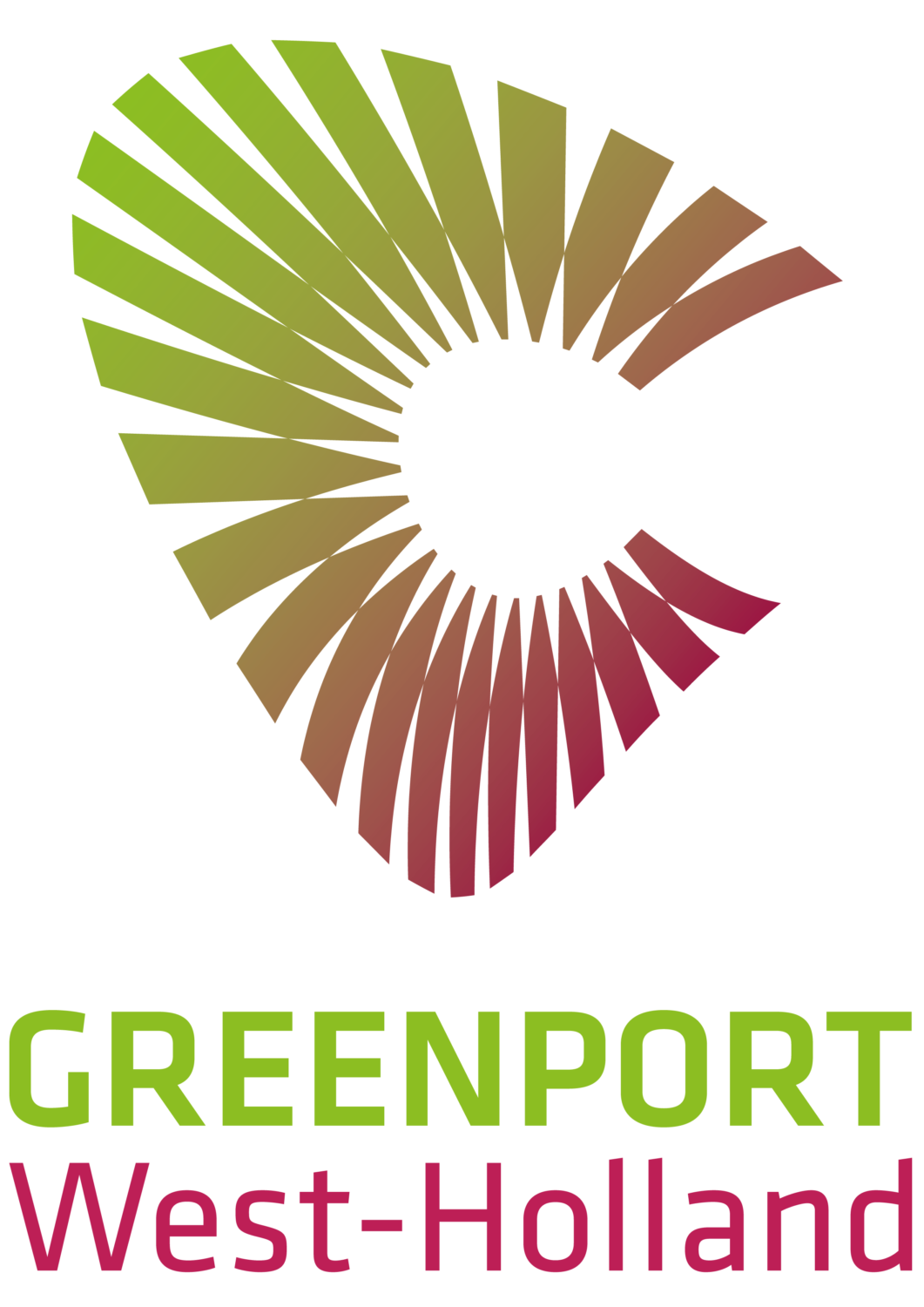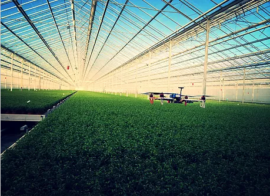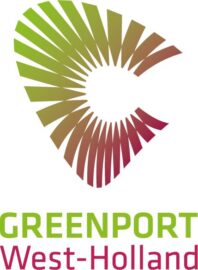Drones in de kas
Some greenhouses growing potted plants have “Walking Plant Systems”. The plants move continuously through the greenhouse and a computer knows where every plant is and which treatments have been given. By using multiple cameras the state of each individual plant is monitored and this information is used for both growth management as well as sales. However these systems cost millions and take a long time to make a return on investment. Maybe it is easier to leave all the plants where they are and move the cameras through the greenhouse by the aid of drones. Automatic digital phenotyping is being developed rapidly in many places. Combining this technology with drones will allow for a much cheaper application of high tech knowledge and big data analysis to your greenhouse.
A young start-up company founded and based in Delft, the Netherlands. The project known as ‘Drones in de kas’ began as a student project. Realising that conventional manual scouting methods are time consuming and labour intensive, the team decided to use un-manned vehicles. After receiving much interest from various greenhouse organisations, the five students decided to take the next step and start their own company: Applied Drone Innovations (ADI). One year later and the team is still busy developing technologies aimed at assisting greenhouse growers gather detailed crop data.
The team boasts a strong technical skillset with backgrounds in aerospace and computing sciences. However, their collective knowledge in the field of horticulture has room for improvement. For this reason, the team regularly carries out tests alongside growers at Bunnik Plants. To understand some of the more complicated theory behind crop analysis tools, they are conversing with experts in the field from Wageningen UR.
The idea is simple. To equip drones (aerial and ground vehicles) with an array of sensory equipment to assist greenhouse growers. Temperature, humidity, CO2 and luminosity maps sensors provide the grower with real-time environmental conditions inside the greenhouse. The hope is to use multi-spectral cameras mounted on the drones to monitor plant stresses, although this technology is still under development.
Once the system is fully operational, the aim is to use the large amount of data gathered to build crop modelling software which will be able to accurately predict crop yields. To help the team reach their final goal, a goal which could ultimately reduce crop losses and save you time, please take a couple of minutes to fill in the questionnaire.






